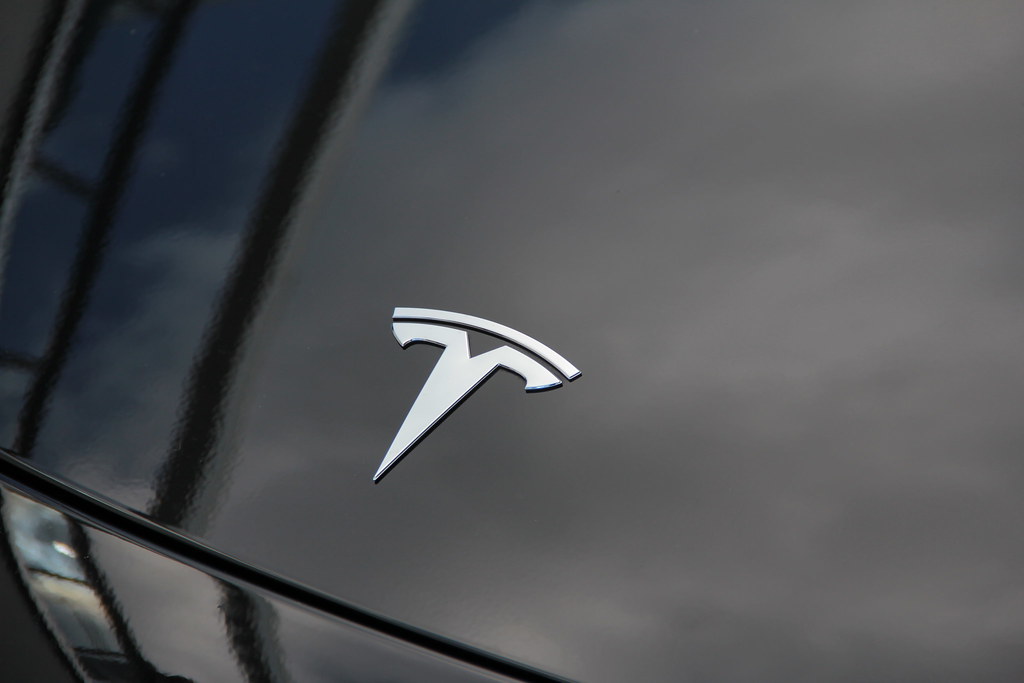
Federal safety investigators have sent Tesla a detailed list of questions about its upcoming robotaxi service, focusing on how the company’s Full Self-Driving (Supervised) software performs in low-visibility conditions. The National Highway Traffic Safety Administration’s Office of Defects Investigation is seeking additional information about Tesla’s FSD (Supervised) system to better understand how Tesla plans to evaluate its vehicles and autonomous driving technology for public road use.
Tesla has made its intentions clear regarding a paid robotaxi service, planning to launch in Austin, Texas, using its own fleet of vehicles starting this June. However, a post from Tesla on April 23 caught the attention of federal regulators. The post, which was cited in the letter, reads: “FSD Supervised ride-hailing service is live for an early set of employees in Austin & San Francisco Bay Area. We’ve completed over 1.5k trips & 15k miles of driving. This service helps us develop & validate FSD networks, the mobile app, vehicle allocation, mission control & remote assistance operations.”
NHTSA’s Investigation into Tesla’s FSD System
The NHTSA launched an investigation into Tesla’s FSD (Supervised) software in October following four reported crashes that occurred in low-visibility conditions. Tesla’s FSD system is an advanced driver-assistance technology that still requires the driver to keep their hands on the wheel, even though it can handle certain driving tasks like braking and steering in specific environments.
Tesla CEO Elon Musk has stated that the robotaxis will operate using the yet-to-be-released “unsupervised” version of Tesla’s Full Self-Driving software.
In a letter dated May, federal investigators sent Tesla a series of questions aimed at clarifying whether the automated driving system in its planned robotaxis is the same as, or similar to, the FSD (Supervised) system. Investigators asked for specifics on the fleet size, which vehicle models will be used, and how Tesla plans to ensure the safety of its robotaxi system.
The NHTSA also requested details on how Tesla intends to assess the safety of the robotaxi service in adverse roadway conditions, such as fog, sun glare, airborne dust, rain, or snow. These questions reflect growing concern over the capabilities of Tesla’s autonomous technology in potentially hazardous environments.
What The Author Thinks
While Tesla’s robotaxi plans are ambitious, safety cannot be overlooked. The company’s push for autonomous vehicles is exciting, but the questions from federal investigators are a reminder of how critical it is to ensure these vehicles are capable of safely handling a wide range of conditions. Low-visibility weather and road conditions can be dangerous, and for Tesla to prove its robotaxi system is truly safe, it must demonstrate how its technology adapts to these real-world challenges. Rushing this technology to market without addressing these concerns could set a dangerous precedent for autonomous vehicles.
Featured image credit: Marcus Zacher via Flickr
For more stories like it, click the +Follow button at the top of this page to follow us.
